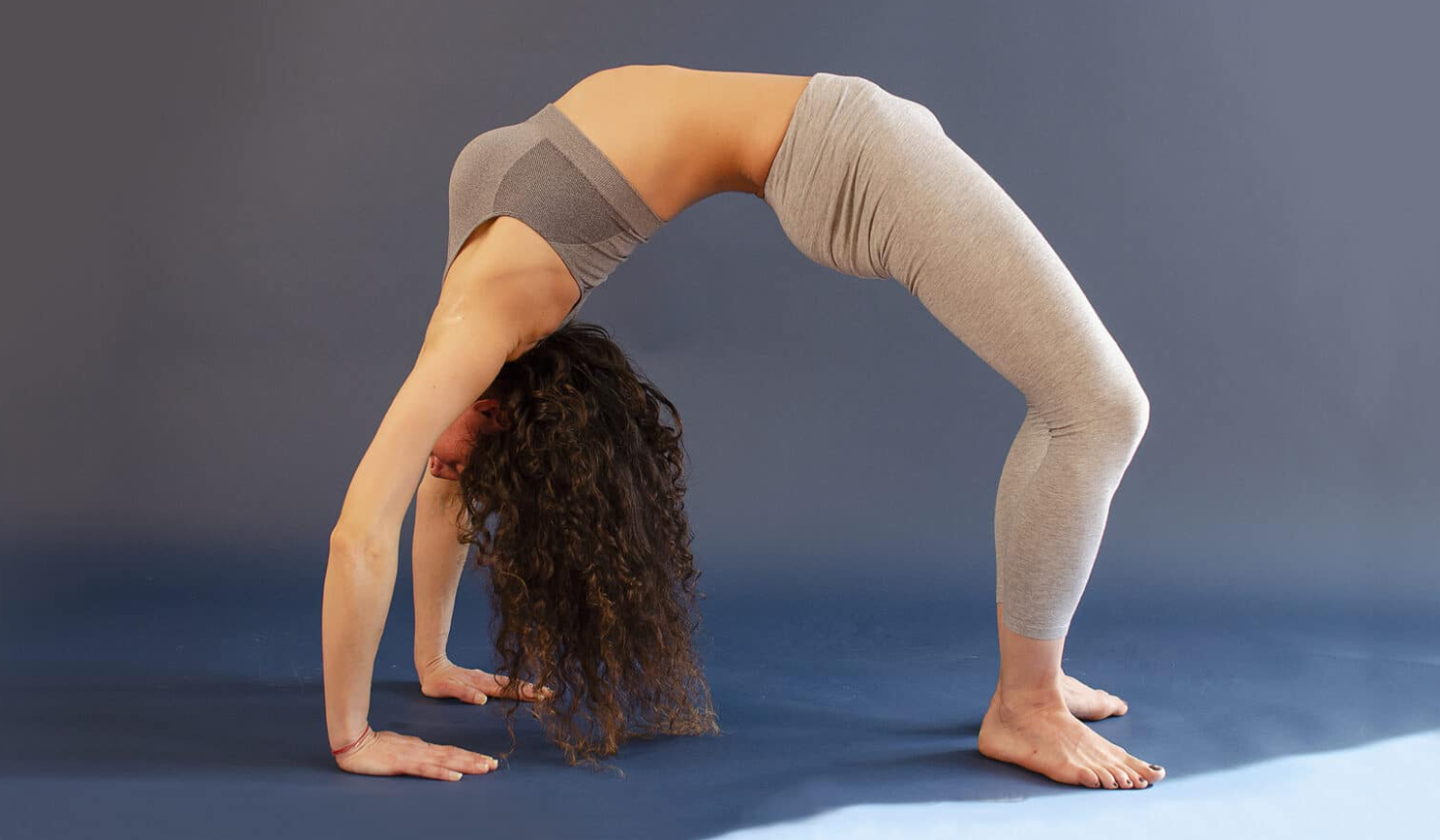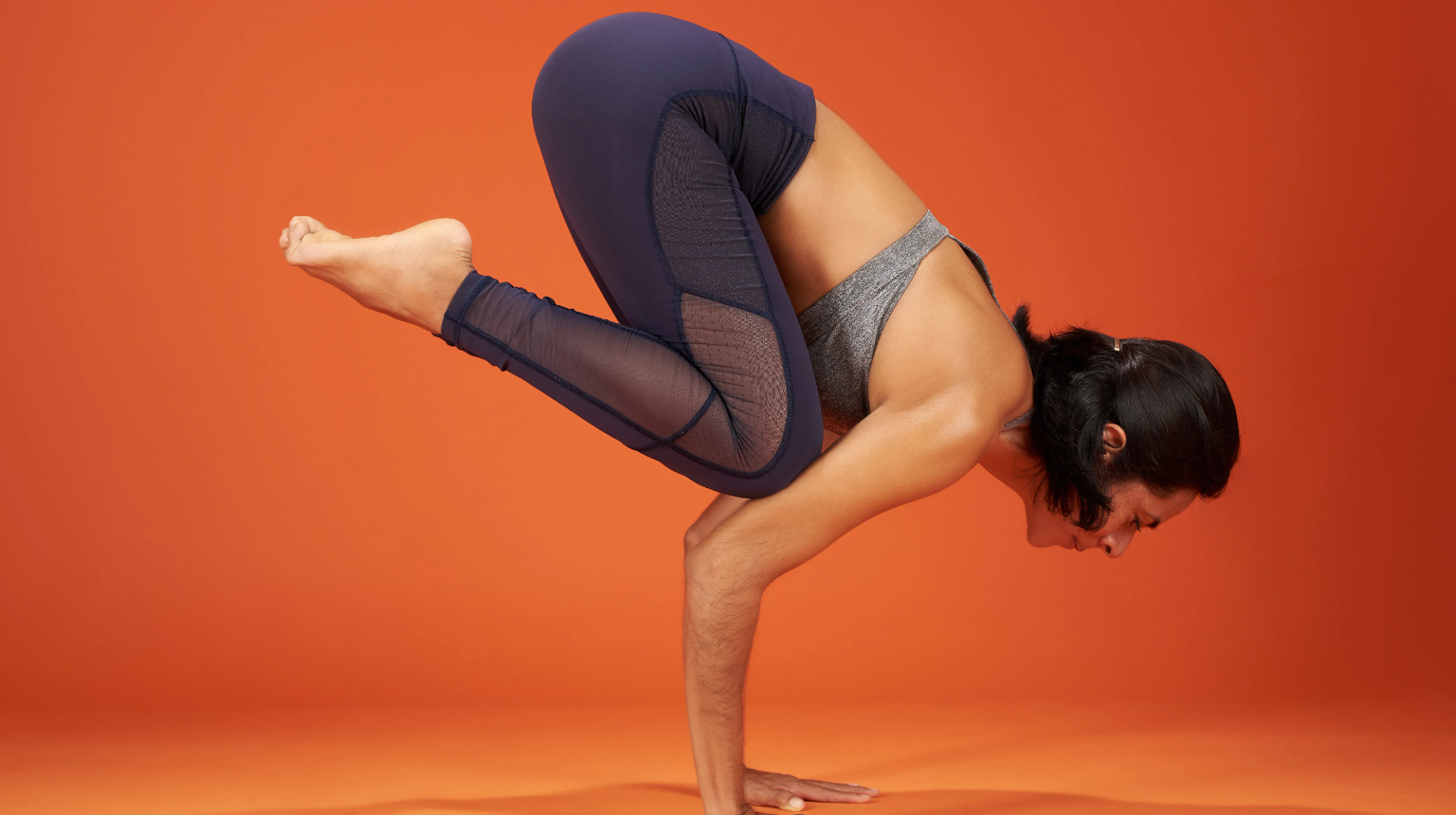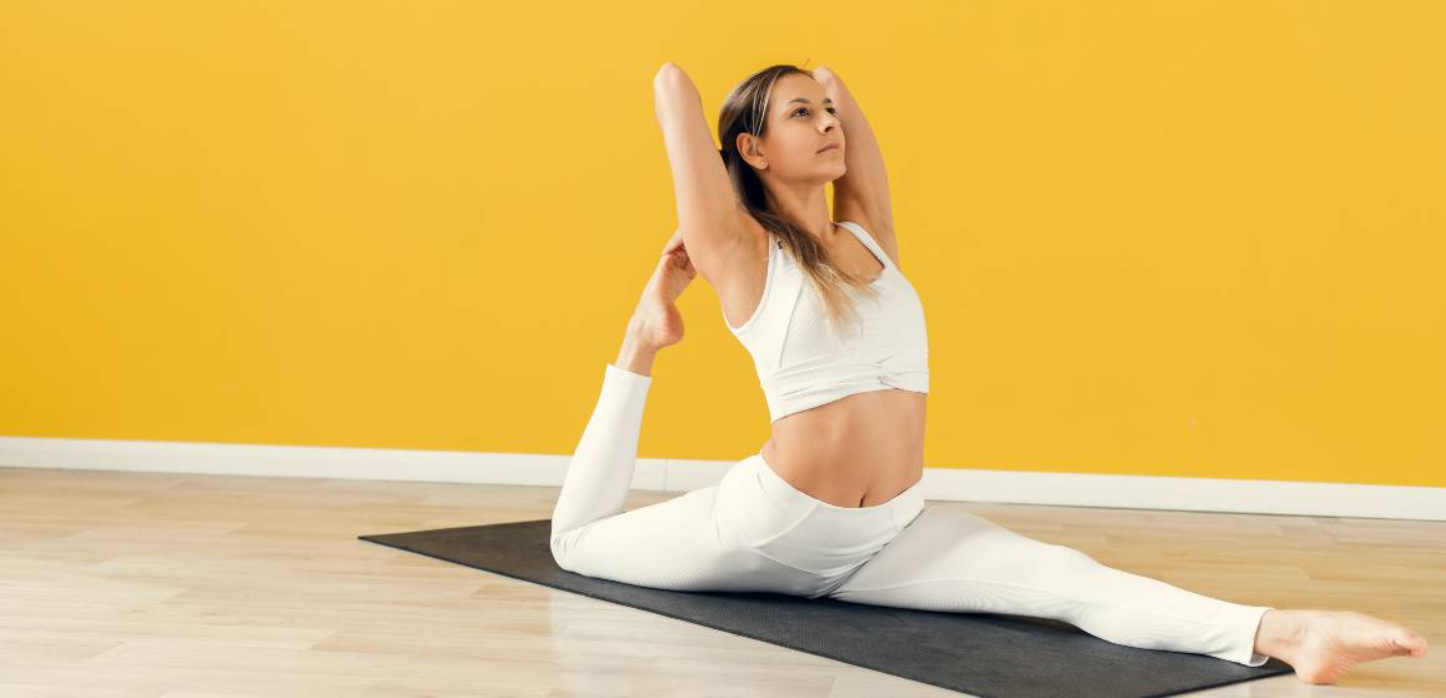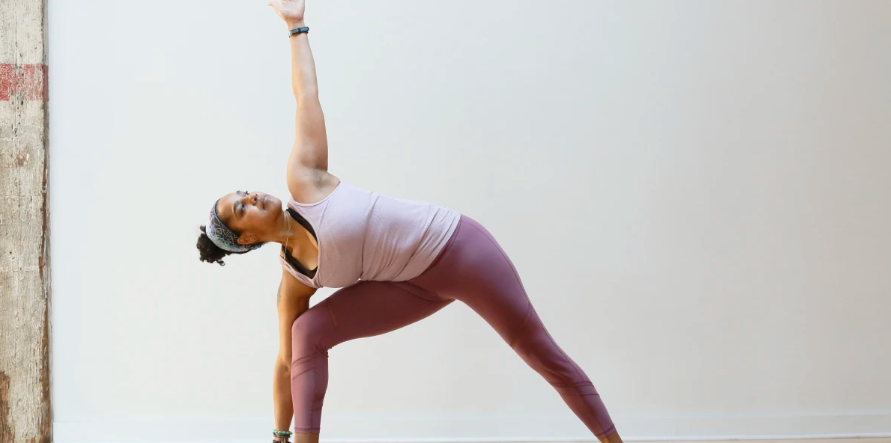Prenatal Yoga Safety Guide: Safe Poses and Precautions for Every Trimester

Pregnancy is a beautiful journey that brings many physical and emotional changes. Prenatal yoga offers expectant mothers a gentle way to stay active, reduce stress, and prepare for childbirth. However, practicing yoga during pregnancy requires special considerations and modifications to ensure both mother and baby's safety. This comprehensive guide provides essential safety information, recommended poses, and expert advice for practicing yoga throughout your pregnancy.
Important Safety Note
Always consult with your healthcare provider before beginning any exercise program during pregnancy, including prenatal yoga. This guide is for educational purposes and should not replace professional medical advice.
Benefits of Prenatal Yoga

Research-backed benefits of prenatal yoga include:
- Reduced pregnancy discomfort: Alleviates back pain, nausea, and swelling
- Improved sleep quality: Promotes better rest during pregnancy
- Stress reduction: Lowers cortisol levels and promotes relaxation
- Enhanced emotional well-being: Reduces anxiety and depression symptoms
- Better birth outcomes: May reduce risk of preterm birth and low birth weight
- Strengthened pelvic floor: Prepares muscles for childbirth and recovery
- Improved circulation: Reduces swelling and promotes healthy blood flow
- Community support: Connects expectant mothers with others on similar journeys
General Safety Guidelines

Essential Safety Rules
- Never practice hot yoga or Bikram yoga during pregnancy
- Avoid poses that require lying flat on your back after 20 weeks
- Skip deep backbends, deep twists, and inversions
- Avoid jumping or sudden movements
- Don't hold poses for extended periods
- Stay hydrated and take breaks as needed
- Listen to your body and modify as necessary
- Avoid overstretching due to increased flexibility from relaxin hormone
Poses to Avoid During Pregnancy
- Deep backbends: Camel, Wheel, King Pigeon
- Prone poses: Cobra, Locust, Bow (after first trimester)
- Deep twists: Bharadvajasana, Marichyasana C
- Inversions: Headstand, Shoulderstand, Handstand
- Core-intensive poses: Boat, Hollow Body, Bicycle crunches
- Jumping transitions: Jump backs, jump throughs
- Breath retention: Holding breath during pranayama
Trimester-Specific Guidelines
First Trimester (Weeks 1-12)
Key Considerations: Fatigue, nausea, and morning sickness are common. Many women don't yet show physical changes, but hormonal shifts are significant.
- Continue your regular yoga practice with minor modifications
- Avoid overheating and stay well-hydrated
- Listen to fatigue signals and rest when needed
- Begin incorporating prenatal modifications even if not showing
- Focus on breath work to manage nausea
Second Trimester (Weeks 13-26)
Key Considerations: Often called the "golden period," energy typically returns, but the growing belly requires pose modifications.
- Avoid supine (back-lying) poses after 20 weeks
- Use blocks and props to accommodate growing belly
- Modify core work to prevent diastasis recti
- Focus on hip opening and pelvic floor strengthening
- Begin practicing labor breathing techniques
Third Trimester (Weeks 27-40)
Key Considerations: Significant physical changes, possible balance issues, and preparation for birth become primary focuses.
- Use wall support for standing poses
- Avoid deep hip flexion due to baby's position
- Focus on gentle stretching and relaxation
- Practice squatting positions for birth preparation
- Emphasize breathing and meditation techniques
Safe Poses for Every Trimester

How to practice: Start on hands and knees. Inhale, arch back and lift head (Cow). Exhale, round spine and drop head (Cat). Repeat slowly.
Benefits: Relieves back tension, improves spinal mobility, and helps position baby optimally.
Modifications: Use forearms instead of hands if wrists are uncomfortable.
How to practice: Kneel with knees wide apart, big toes touching. Sit back on heels and fold forward, allowing space for belly.
Benefits: Provides rest, stretches hips and back, calms nervous system.
Modifications: Place bolster between legs for support, or use supported child's pose against a wall.
How to practice: Sit with soles of feet together, knees out to sides. Hold feet and gently lean forward if comfortable.
Benefits: Opens hips, stretches inner thighs, prepares pelvis for childbirth.
Modifications: Sit on blanket or bolster for comfort, place blocks under knees for support.
How to practice: Lie on left side with knees bent, place bolster between legs and under head for support.
Benefits: Promotes relaxation, improves circulation, safe alternative to traditional Savasana.
Modifications: Use multiple props for maximum comfort, practice for 5-15 minutes.
How to practice: Lie on left side next to wall, then gently move legs up wall while supporting yourself with arms.
Benefits: Reduces swelling, improves circulation, relieves tired legs.
Modifications: Use bolster under side body, practice for 5-10 minutes maximum.
Essential Breathing Techniques
Safe Pranayama for Pregnancy
- Three-Part Breath (Dirga Pranayama): Deepens breathing without strain
- Bee Breath (Bhramari): Calming vibration technique for anxiety
- Ocean Breath (Ujjayi): Maintains focus during labor preparation
- Avoid: Breath retention, rapid breathing, or heating breath techniques
When to Stop and Seek Medical Attention
Stop Exercising and Contact Your Healthcare Provider If You Experience:
- Vaginal bleeding or fluid leakage
- Chest pain or shortness of breath
- Headaches, dizziness, or faintness
- Calf pain or swelling
- Uterine contractions or abdominal pain
- Decreased fetal movement
- Persistent nausea and vomiting
- Any unusual symptoms or concerns
Finding Qualified Prenatal Yoga Instructors
When choosing a prenatal yoga class or instructor, look for:
- Certified prenatal yoga training (minimum 85 hours recommended)
- Current CPR and first aid certification
- Understanding of pregnancy anatomy and physiology
- Ability to provide individual modifications
- Comfortable discussing pregnancy-related concerns
- Positive reviews from other expectant mothers
Creating a Home Practice

- Yoga blocks: Support and modify poses safely
- Bolsters: Comfort during relaxation and supported poses
- Blankets: Warmth and additional support
- Wall space: Support for standing poses and inversions
- Yoga mat: Non-slip surface for safety
- Comfortable clothing: Allow for growing belly and movement
Postpartum Considerations
After delivery, it's important to gradually return to yoga practice:
- Wait for medical clearance (usually 6-8 weeks postpartum)
- Start with gentle breathing exercises and pelvic floor work
- Avoid deep backbends until diastasis recti heals
- Listen to your body's recovery signals
- Consider postnatal-specific yoga classes
Conclusion: Prenatal yoga can be a wonderful addition to your pregnancy journey when practiced safely and mindfully. Remember that every pregnancy is unique, and what works for one person may not work for another. Always prioritize safety, listen to your body, and maintain open communication with your healthcare provider. The goal is to support your well-being and prepare for the beautiful experience of bringing new life into the world.